What is Uplifting Impact?
Uplifting Impact is a diversity, equity, and inclusion (DEI) consulting firm that helps individual leaders and companies find innovation through authentic connections.

Each language card has more information and some additional questions to inspire deeper thinking about each topic.

Uplifting Impact is a diversity, equity, and inclusion (DEI) consulting firm that helps individual leaders and companies find innovation through authentic connections.